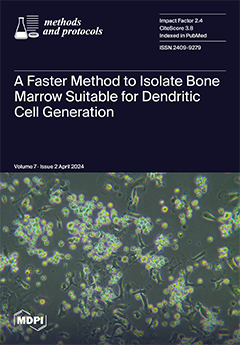Open AccessStudy Protocol
Financial Toxicity in Renal Patients (FINTORE) Study: A Cross-Sectional Italian Study on Financial Burden in Kidney Disease—A Project Protocol
by
Rossella Siligato, Guido Gembillo, Emanuele Di Simone, Alessio Di Maria, Simone Nicoletti, Laura Maria Scichilone, Matteo Capone, Francesca Maria Vinci, Marta Bondanelli, Cristina Malaventura, Alda Storari, Domenico Santoro, Marco Di Muzio, Sara Dionisi and Fabio Fabbian
Cited by 3 | Viewed by 2685
Abstract
Financial toxicity (FT) refers to the negative impact of health-care costs on clinical conditions. In general, social determinants of health, especially poverty, socioenvironmental stressors, and psychological factors, are increasingly recognized as important determinants of non-communicable diseases, such as chronic kidney disease (CKD), and
[...] Read more.
Financial toxicity (FT) refers to the negative impact of health-care costs on clinical conditions. In general, social determinants of health, especially poverty, socioenvironmental stressors, and psychological factors, are increasingly recognized as important determinants of non-communicable diseases, such as chronic kidney disease (CKD), and their consequences. We aim to investigate the prevalence of FT in patients at different stages of CKD treated in our universal health-care system and from pediatric nephrology, hemodialysis, peritoneal dialysis and renal transplantation clinics. FT will be assessed with the Patient-Reported Outcome for Fighting Financial Toxicity (PROFFIT) score, which was first developed by Italian oncologists. Our local ethics committee has approved the study. Our population sample will answer the sixteen questions of the PROFFIT questionnaire, seven of which are related to the outcome and nine the determinants of FT. Data will be analyzed in the pediatric and adult populations and by group stratification. We are confident that this study will raise awareness among health-care professionals of the high risk of adverse health outcomes in patients who have both kidney disease and high levels of FT. Strategies to reduce FT should be implemented to improve the standard of care for people with kidney disease and lead to truly patient-centered care.
Full article
►▼
Show Figures






